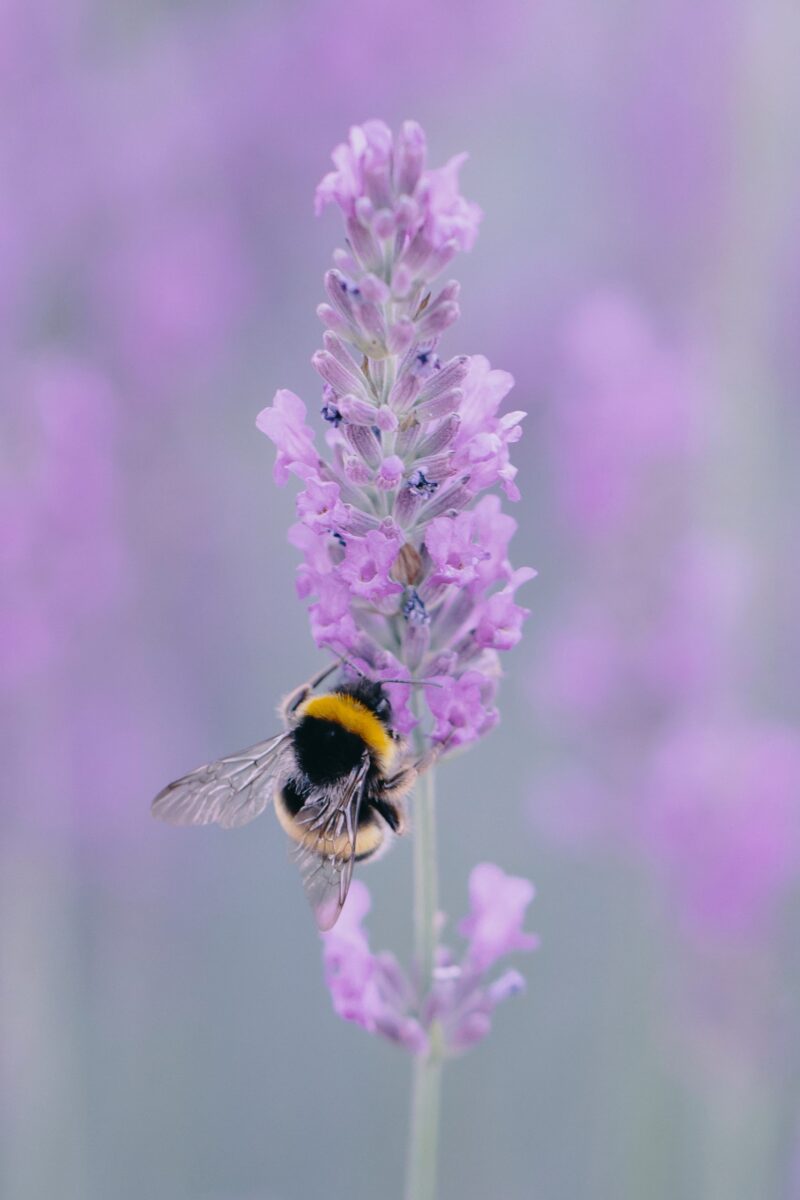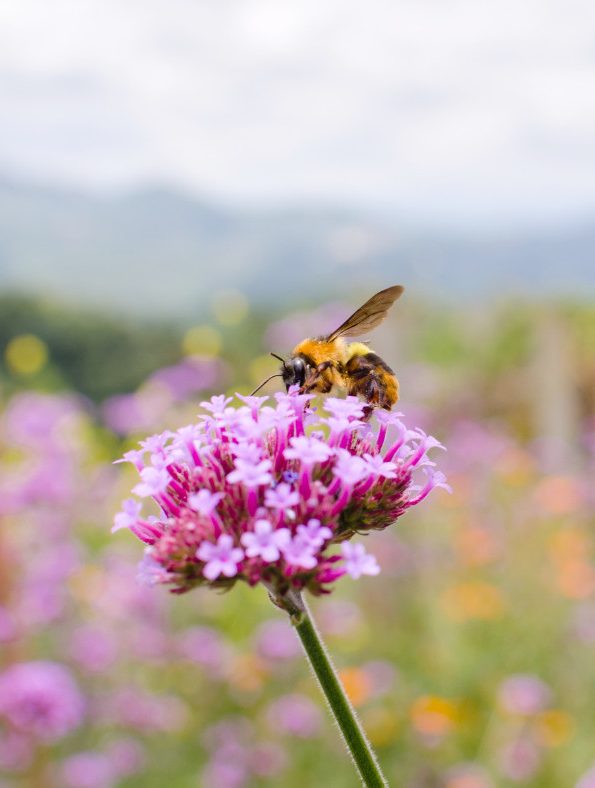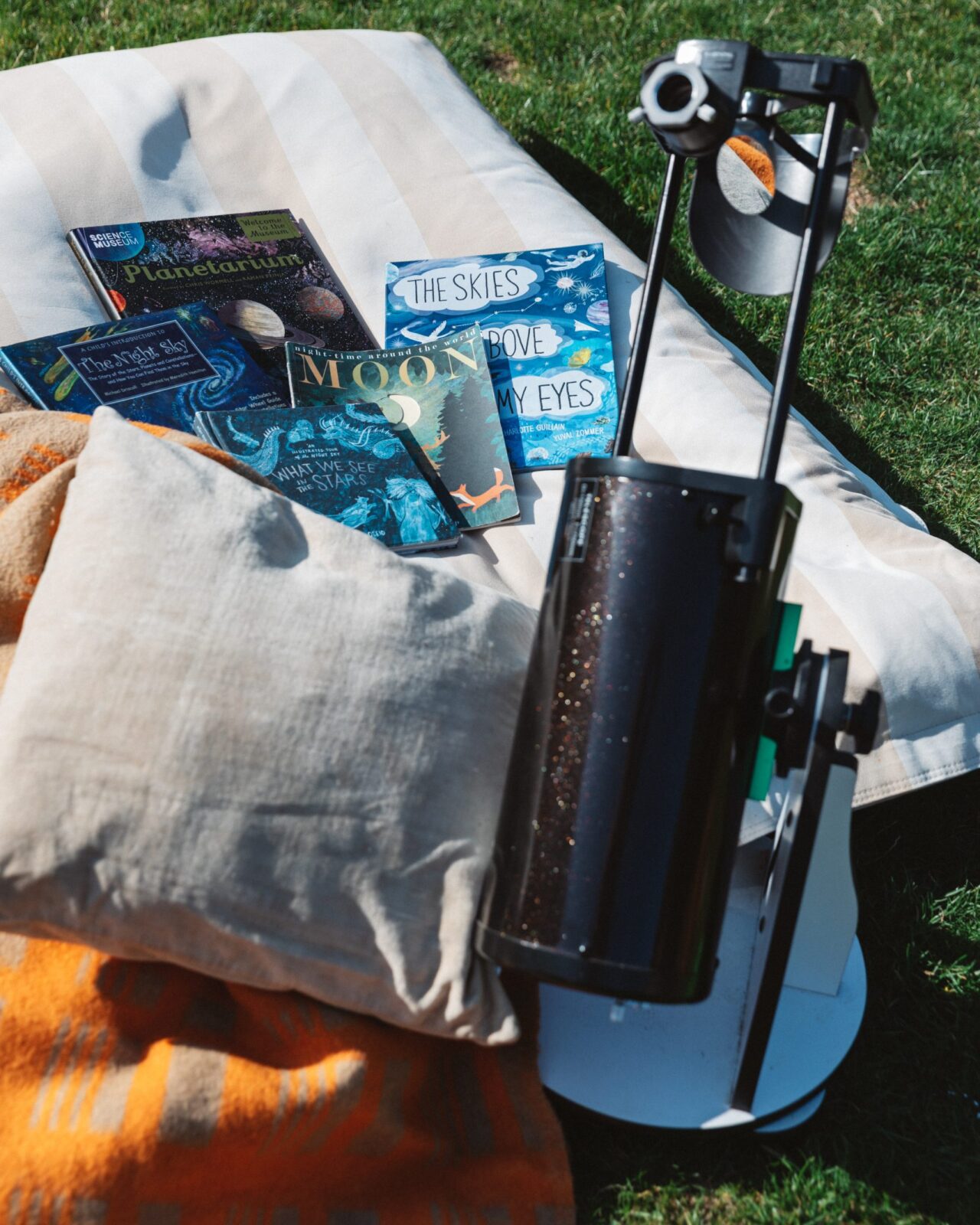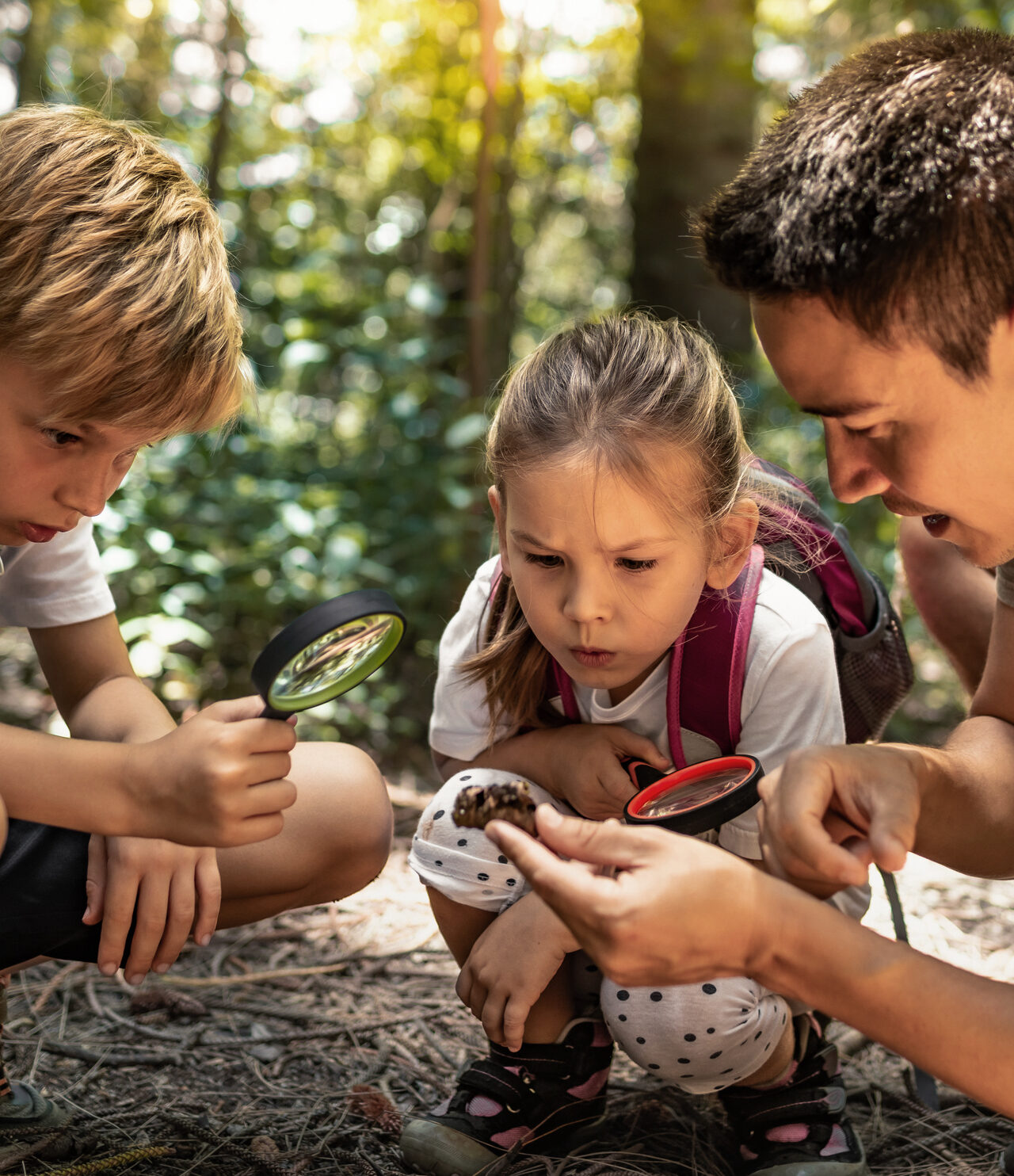How we're helping our bees
We feel very strongly about supporting our eco-systems and encouraging wildlife to flourish is so vitally important to our village and ethos; because of this, we’ve installed Green and Blue bee bricks in all of our homes. Made using 75% recycled material from the Cornish China Clay industry, these creations align with our sustainability ethos. Green and Blue are a Cornish born company dedicated to making homes havens for wildlife and to reconnect people with nature. Alongside bee houses, they also bat boxes, bird feeders and hedgehog links, they’ve crafted a modern range of bee houses. Their inventions have been designed to encourage pollinators, help your garden become more bee-friendly, and to provide a safe nesting place for non-swarming solitary bees like red masons and leafcutters. Green and Blue bee houses look great just stood in the garden, but can also be used in place of standard bricks or blocks within building work to create space for solitary bees to nest, we promise you won’t be disappointed. Watching them come and go is fascinating, create a home for nature by purchasing a bee brick.







